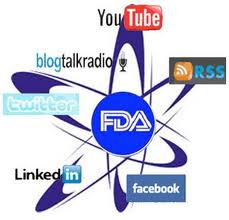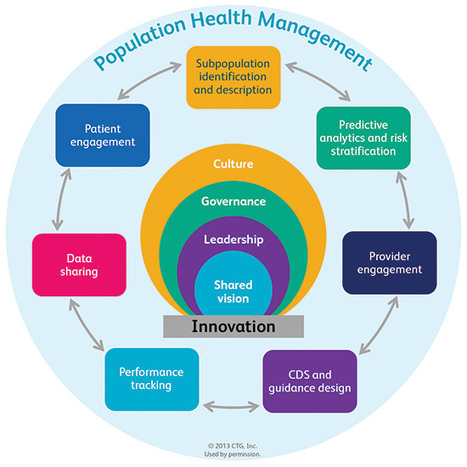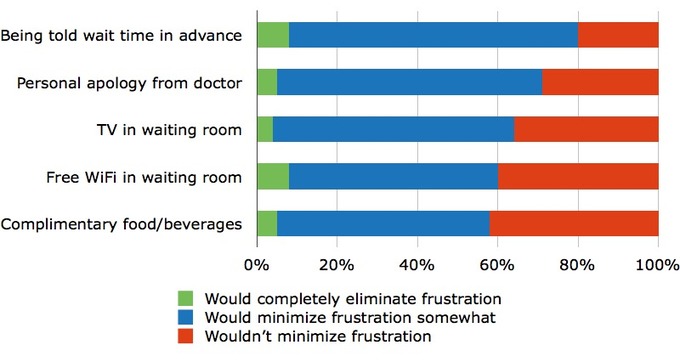New software could give people greater control over how their personal health information is shared between doctors and medical institutions—provided that enough health providers decide to use the system.
Today a patient’s data typically stays within a hospital group or doctor’s practice. If you get care elsewhere you are essentially a blank slate unless a special request for your data is made, in which case the entire record becomes accessible. But many patients may not want their entire medical history to be accessible by everyone they see, so there is pressure to develop tools that can be used to limit access. One tricky issue is that redacting details of a diagnosis may not remove all the clues as to that condition, such as prescribed drugs or lab tests.
A new tool developed by computer scientists at the University of Illinois can figure out which parts of a record may inadvertently reveal aspects of a patient’s medical history. The idea is that as data-sharing proposals advance, the patient would decide what parts of his or her record to keep private. A clinician would get advice from the technology on how to amend the record to ensure that this occurs.
The software bases its recommendations on a machine-learning analysis of many other medical records. This reveals what details could be associated with things like mental health episodes, past drug abuse, or a diagnosis of a sexually transmitted disease when the record is shared with another hospital or doctor. The tool could eventually automatically remove those additional details to keep that information confidential.
Source: www.technologyreview.com







